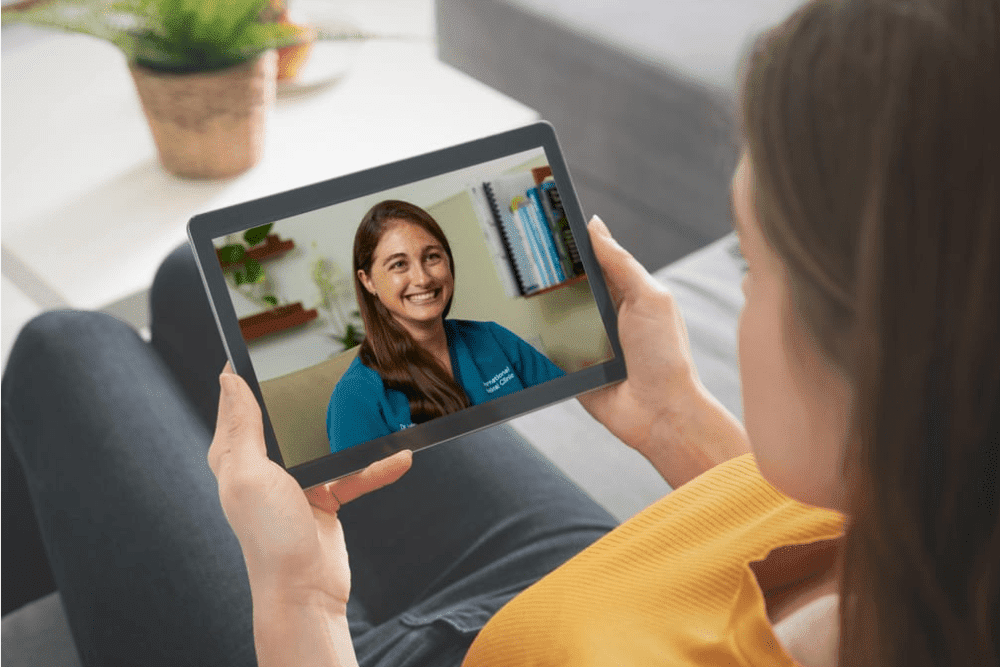As our population ages and the incidence of chronic diseases rises, telemedicine has emerged as a critical tool for bridging the gap between patients and healthcare providers.
Telemedicine offers the convenience of accessing medical care without the constraints of distance, time, and cost.
However, like any medical innovation, telemedicine has limitations, and not all conditions can be effectively managed remotely.
What is Telemedicine?
Telemedicine, often used interchangeably with telehealth, encompasses a broad range of services where healthcare professionals interact with patients, caregivers, or other medical providers using information and communication technologies (ICT).
These interactions can serve various purposes, from administrative tasks like scheduling appointments to clinical services such as teleconsultations and remote patient monitoring.
In recent years, teleconsultations—where doctors assess, diagnose, treat, or manage patients remotely—have become increasingly prevalent.
More healthcare providers now offer teleconsultation options, and patients are growing more familiar and comfortable with this modality.
Singapore’s Ministry of Health (MOH) has introduced a Voluntary Listing of Direct Telemedicine Service Providers to promote safety and informed decision-making.
This initiative aims to help patients choose reputable telemedicine providers who adhere to safe practice guidelines.
Preparing for a Teleconsultation
Teleconsultations can be highly effective for managing non-urgent conditions and follow-up care. However, to use telemedicine safely, it is essential to take the following steps:
- Check if Your Regular Doctor Offers Teleconsultation
Your regular doctor, who is familiar with your medical history, is often best suited to manage both your in-person and virtual care. Verify if they offer teleconsultation services and are listed on the MOH’s Telemedicine Voluntary Listing. - Review Provider Notifications
Before your teleconsultation, carefully read the notifications provided by your healthcare provider’s website or app. These notifications will help you determine whether teleconsultation is appropriate for your symptoms or condition. If in doubt, consult your doctor about whether an in-person visit might be necessary. - Prepare for the Consultation
Ensure you have all relevant medical information at hand, including details about your current health conditions, symptoms, medications, allergies, and recent treatments. Familiarise yourself with the technology you’ll be using, and choose a quiet, private space with good internet connectivity for the consultation. - Use ‘Live’ Video
While phone calls and text messages may be convenient, a live video consultation allows your doctor to make a more accurate assessment. Use other forms of communication only if instructed by your provider. - Follow Up with In-Person Visits if Necessary
If your doctor determines that a physical examination or further tests are needed, do not hesitate to schedule an in-person visit. Telemedicine should complement, not replace, traditional healthcare.
Medical Certificates and Medications
After a teleconsultation, your doctor may issue a medical certificate (MC) or prescribe medications just as they would during an in-person consultation. However, strict regulations govern the prescribing and delivery of certain medications, especially controlled drugs. Always follow your doctor’s guidance and ensure you receive proper medication counselling.
Dangers of Telemedicine
While telemedicine provides significant benefits, it is not without its risks. One of the primary dangers is the potential for misdiagnosis due to the lack of physical examination. Certain conditions may present subtle symptoms that are difficult to assess over video or phone consultations. For example, a visual or tactile examination might reveal issues that a teleconsultation cannot detect, such as skin conditions, certain infections, or cardiovascular problems.
Another risk involves data security and privacy. Telemedicine relies heavily on digital communication, which can be vulnerable to cyber threats if not properly secured. Patients must ensure that the platforms they use are compliant with relevant data protection regulations and that their personal health information is protected.
Additionally, there is a risk of over-reliance on telemedicine, where patients might delay necessary in-person visits, potentially worsening their condition. It is crucial to recognize when telemedicine is appropriate and when a face-to-face consultation is necessary.
Conclusion
Telemedicine offers a valuable alternative to traditional healthcare, especially in an era where convenience and accessibility are paramount.
By understanding its limitations and preparing adequately for teleconsultations, you can use telemedicine safely and effectively. Always consult with your healthcare provider to ensure that telemedicine is the right choice for your condition, and don’t hesitate to follow up with in-person visits when necessary.
As telemedicine continues to evolve, staying informed and vigilant will help you and your loved ones make the most of this innovative healthcare option.

